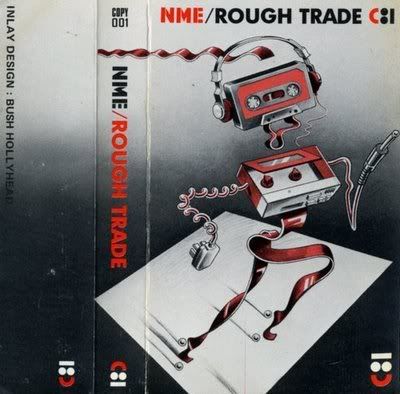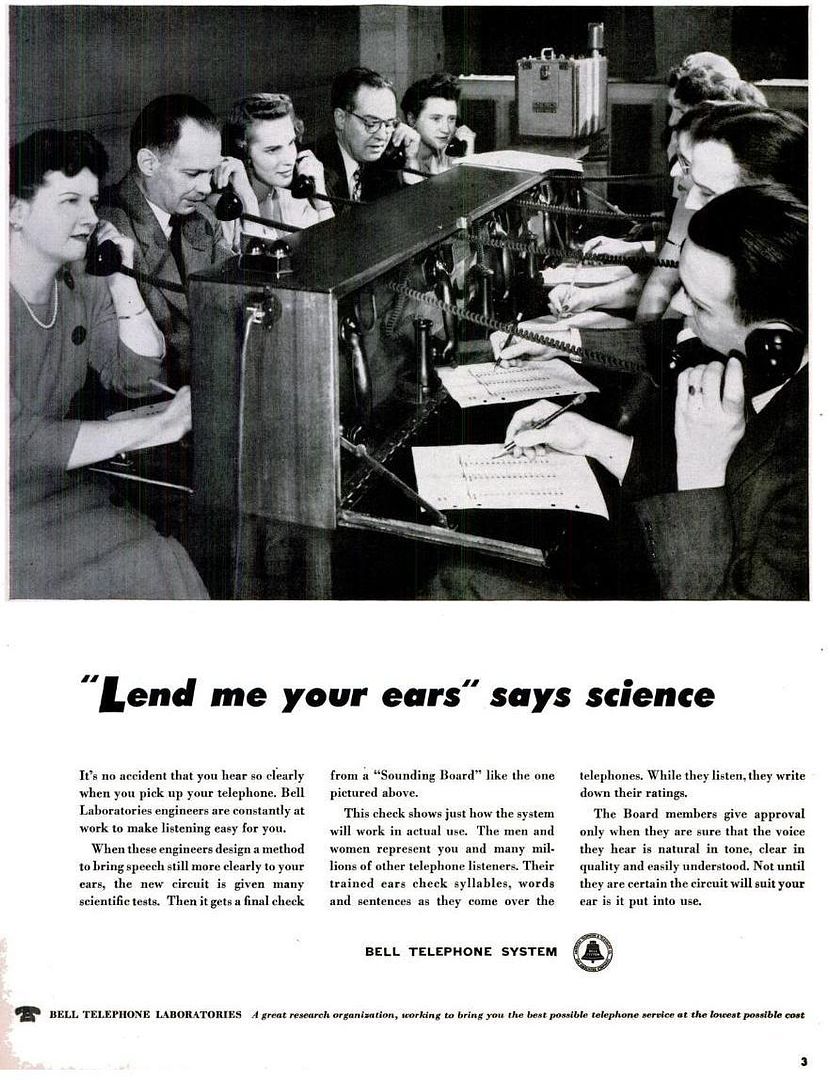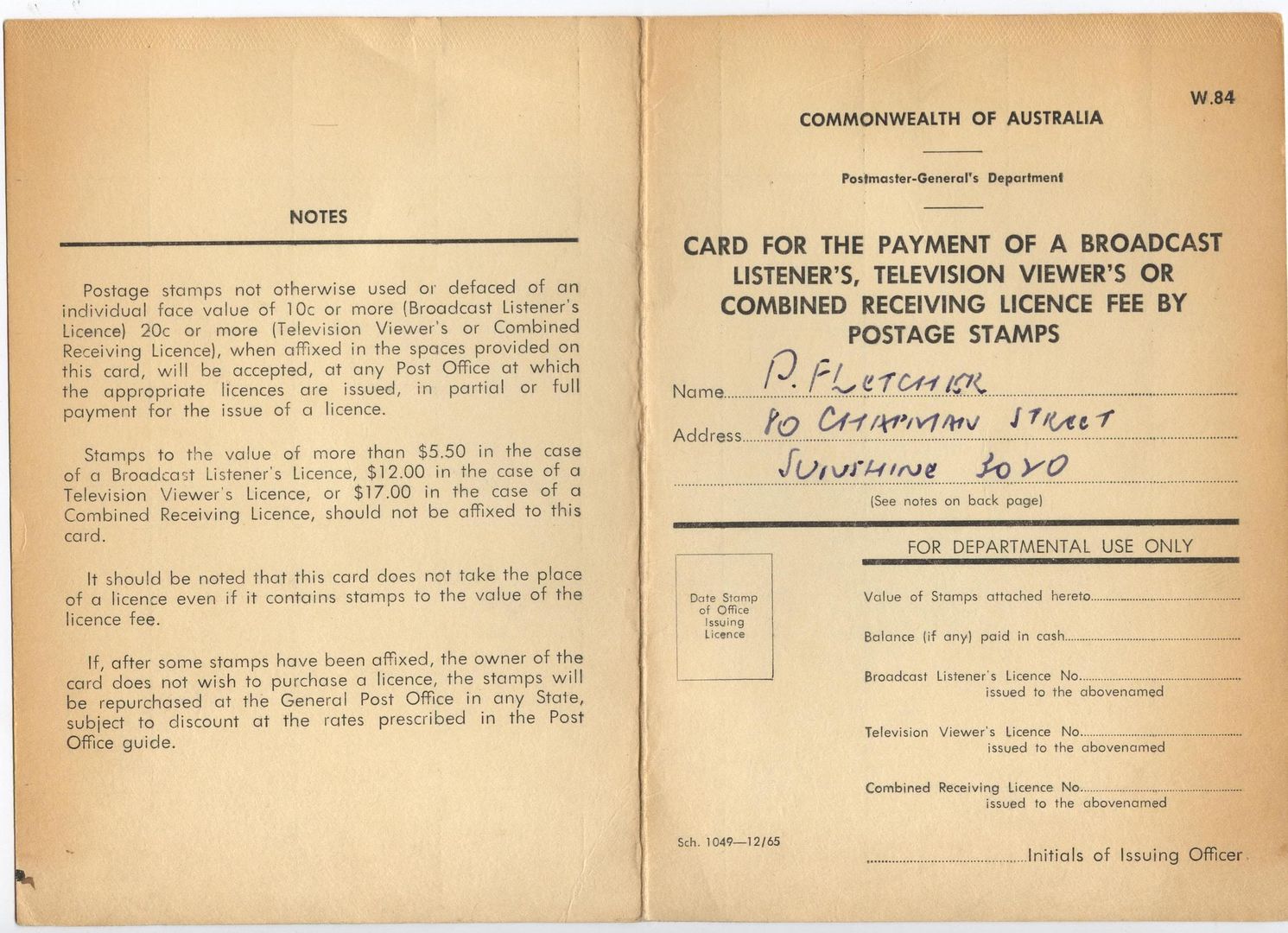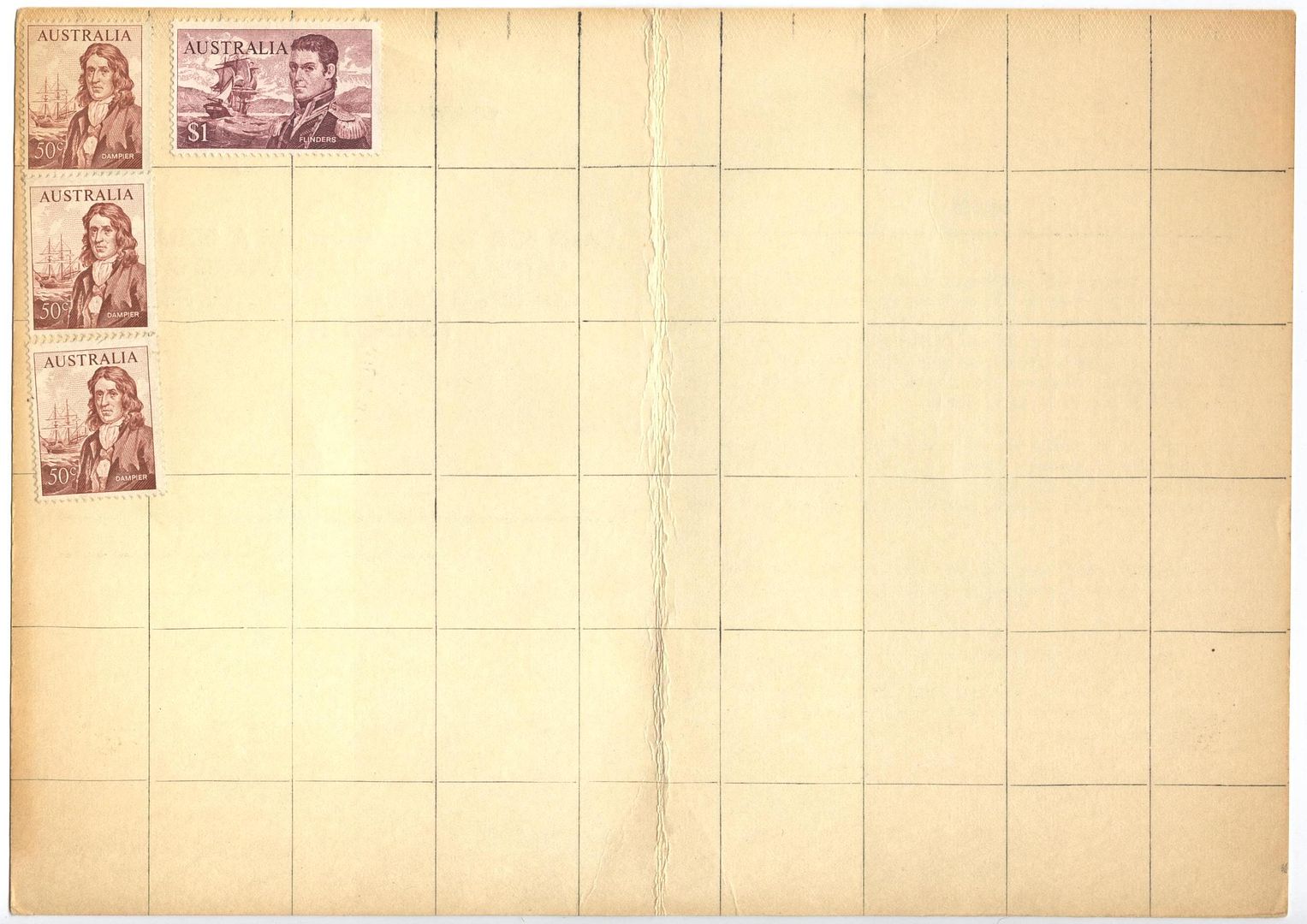Transcoding is often held up as an inherent and unique feature of the digital; the notion that because everything is encoded as 1s and 0s, then anything can be output as anything else:
"Digital discreteness, its exactness, its pure formality mean that digital data are indifferent to their content, so that a digital representation of a sound can be seen as well as heard" (Evans 2005: 72).
"The Voyager Golden Record is a phonograph record included in the two Voyager spacecraft launched in 1977. It contains sounds and images selected to portray the diversity of life and culture on Earth ... The 115 images are encoded in analogue form" (Wikipedia)
8.10.09
transduction of data
"The ID3v1 tag occupies 128 bytes, beginning with the string TAG. The tag was placed at the end of the file to maintain compatibility with older media players. Some players would play a small burst of static when they read the tag, but most ignored it, and almost all modern players will correctly skip it."
(ID3, Wikipedia)
(ID3, Wikipedia)
30.9.09
29.9.09
16.9.09
hagiographics

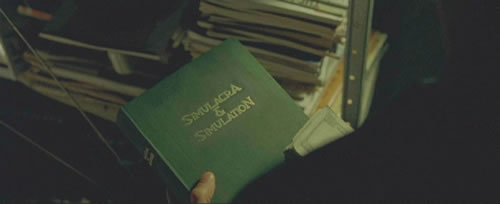
"The visual pun of the hollowed out copy of Baudrillard’s Simulations in the Matrix movie is just a glib representation of the more substantive evisceration of critical thought that customarily takes place in a media-saturated public sphere. McLuhan suffered a similar fate when posthumously he was made the patron saint of Wired magazine despite the unalloyed darkness of some of his assessments of the cultural harm wrought by electronic media" (Taylor & Harris).
11.8.09
the invention of music
The phonograph was the very first technique for representing music that was autographic - musical notation and other forms of 'transcription' up until then were decidedly allographic, according the sounds of speech and music to a system of 26 letters and a subsystem of seven notes - from A to G - "thereby categorically excluding all noise sequences" (Kittler 1999: 3). Once a technology can represent sonic singularities, then music is finally freed from the reign of composition/symbolism. Jazz, Rock, Disco, Pop, etc. are not possible without the phonograph.
(But what of oral transmission?)
(But what of oral transmission?)
discourse networks
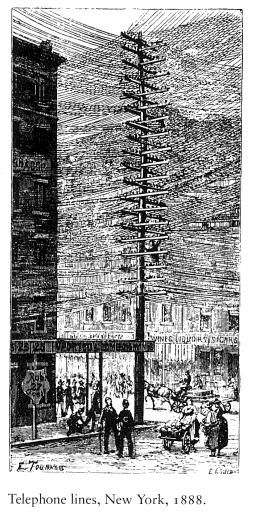
(Gramophone, Film, Typewriter)

The Wired, Present Day, Present Time
(Serial Experiments Lain)
1.8.09
Communication as a person-to-person activity became thinkable only in the shadow of mediated communication. Mass communication came first ... Miscommunication is the scandal that motivates the very concept of communication in the first place.
(John Durham Peters, Speaking into the Air: A History of the Idea of Communication)
Everybody can give you the proper nightmare, or the proper story of the human subject alienated from the world. Everybody knows how to run that story by. But if you start talking to people about how they cook their dinner or what kind of language you use to describe trouble in a marriage and you’re very likely to get notions of tape loops, communication breakdown - you’re likely to get amazing stuff.
(Donna Haraway in conversation with Hari Kunzru, 1996)
13.4.09
teens
Emmy Hennings, writing on My Disco in Mess+Noise (sorely missed, btw), came up with a turn of phrase that is decidedly Foucauldian and yet insanely applicable to manifold teenage cultural forms:
Every new inscription only serves to create another limit, Foucault might say.
Though when I think about teen films and similar things, there's very much this sense. Transgression as inverted moral teaching.
"Cancer favourites ‘Perfect Protection’ and ‘Measure Wait’ elicit big cheers, and I wonder how a sound so blunt can be pleasurable, and what celebration this largely teenage audience might be finding inside of it. But, moving compulsively to their final song, wanting its artillery tank ferocity to go on forever while simultaneously praying for it to end, I think I understand. This music is both a mirror of discipline and its inversion. In here, the change from one note to the next can promise a space the size of the world."
Every new inscription only serves to create another limit, Foucault might say.
Though when I think about teen films and similar things, there's very much this sense. Transgression as inverted moral teaching.
4.4.09
1.4.09
birthdays as reflexive byproducts of social networks
On a friend's Facebook wall:
"Because of new facebook's ridiculous layout i forgot to wish you a happy birthday!"
27.3.09
■
"When we live in a virtual isolated space, every reconnection with the Real is, of course, something shattering; it is violent." (Žižek, Conversation 4: Tolerance and the Intolerable)
When I visited the tattoo parlour, the guy said to me, "and you know, there's very few things in this world today that you can do that are just for you, for yourself only, and a tattoo is one of them."
When I visited the tattoo parlour, the guy said to me, "and you know, there's very few things in this world today that you can do that are just for you, for yourself only, and a tattoo is one of them."
23.3.09
11.3.09
what's the 21st?
On Silence, by Aldous Huxley
31.1.09
aesthetics and history
Despite a sense of rigur mortis in its theorising, as if it were a static and pervasive phenomenon, the digital aesthetic has a history. Compare the compact disc and the mp3, for instance, both built upon the digital, but carrying very different forms of coding, sound, tactility, look. The fact that sound has 'detoriated' or at least been compressed in the 'advance' of the mp3 is interesting - whereas digital imagery is all about approaching 'reality' or at least something like 'clarity' or relief; more megapixels, sharper flat screen tvs, etc. etc. The disjuncture expressed in the progression of visual versus sonic digitality shows that there is no teleology in this history, but it at least gives rest to pre-digital nostalgia as if herein was petrified.
11.1.09
thrashed
I'd really like to write something substantial one day on the phenonemon of 'thrashing' or 'killing' a particular piece of music, when one has played it so much that you get 'sick' of it. Does this fact mean that such a way of listening is inherently consumerist? Or that all musics (mainly popular music) we find bring on this condition are necessarily or fundamentally consumables?
"Activities of self-realization are subject to increasing marginal utility: They become more enjoyable the more one has already engaged in them. Exactly the opposite is true of consumption. To derive sustained pleasure from consumption, diversity is essential. Diversity, on the other hand, is an obstacle to successful self-realization, as it prevents one from getting into the later and more rewarding stages."
(Jon Elster, philosopher)
Hmmm...
"Activities of self-realization are subject to increasing marginal utility: They become more enjoyable the more one has already engaged in them. Exactly the opposite is true of consumption. To derive sustained pleasure from consumption, diversity is essential. Diversity, on the other hand, is an obstacle to successful self-realization, as it prevents one from getting into the later and more rewarding stages."
(Jon Elster, philosopher)
Hmmm...
Subscribe to:
Posts (Atom)

